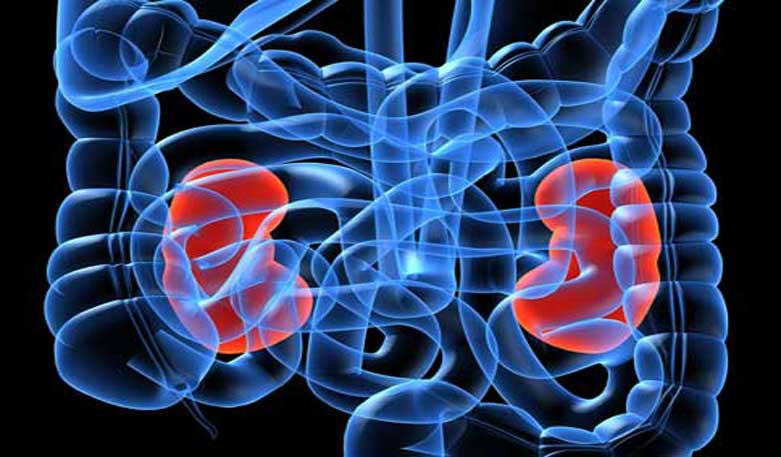Experts in the field of nephrology (the study of kidney and high-pressure diseases) at universities, in clinics, practices and laboratories in the pharmaceutical industry devote themselves to these questions in their daily work.
In Germany, around 60,000 people are currently on dialysis, and a further 20,000 are living with a functional kidney transplant. Seven percent of the population already have impaired kidney function, some of them without knowing it, because the disease has a “gradual, mostly painless” character. The number of patients who need dialysis or transplantation because of kidney failure is increasing by five percent every year. The reason for this increase, in addition to the generally older population, is the increasing spread of the two common diseases high blood pressure and diabetes mellitus. Hypertension plays a role in every fifth patient newly admitted to renal replacement therapy, and every second patient suffers from type II diabetes mellitus. Half of all dialysis patients in Germany are currently diabetics. The so-called “Mannheim gene” raises hopes for this group of people. Diabetics who carry it in their genome are protected against chronic kidney disease. This was the result of studies by a Mannheim and Heidelberg research group. But it will be some time before these findings can be put into practice.
Medical specialists point to methods that are already available for the early detection of chronic kidney disease. If kidney disease is suspected, it is no longer sufficient to rely on the previous blood analysis with a simple measurement of serum creatinine; instead, a calculation algorithm should be used that better estimates kidney function: the so-called MDRD formula. In addition, a urine test should be performed to determine protein excretion, which is a clear indication of kidney dysfunction.
Patients with renal dysfunction are often referred to a nephrologist only at a late stage of the disease. Then the measures to prevent or at least delay the loss of kidney function are no longer effective, or there is not enough time for comprehensive preparation for renal replacement therapy. The Society for Nephrology is therefore dedicated to the increased and early education of doctors and the public. According to their estimates, if kidney dysfunction had been detected early, 15 percent of dialysis patients would not have had kidney failure; 30 to 40 percent could have delayed dialysis by years.
Chronic kidney disease presents the patient with great personal challenges. It also means an enormous financial burden for the healthcare system: the treatment costs for a dialysis patient amount to around 30,000 euros per year. “Anything that is good against a heart attack also prevents kidney disease”. The blood pressure must be kept at a “normal level”, i.e. below 140/90 mm Hg, in the case of diabetes mellitus still below 130/80 mm Hg. The doctors recommend – to protect the kidneys and the heart – to refrain from smoking, being physically active and losing weight if you are overweight.
Transplantation is known as the “best and most cost-effective” renal replacement therapy. However, their number is limited by the lack of organ donations. The predominant renal replacement procedure in Germany is currently hemodialysis (HD). With a share of five percent of kidney replacement procedures, peritoneal dialysis (PD) in Germany brings up the rear in an international comparison. Doctors are therefore calling for the proportion of PD in renal replacement procedures in Germany to be increased further, “because PD patients dialyse at home, are satisfied and have a better quality of life”. Thanks to constantly further optimized dialysis solutions and the rare occurrence of peritonitis, “PD is on the rise”.
In hemodialysis (HD), the patient is usually connected to a dialysis machine three times a week. Blood is withdrawn from the body via a tube system and, after being cleaned in an external filter – the “artificial kidney” – is returned to it. The four to six-hour treatment usually takes place in dialysis centers, in rare cases at home.
Peritoneal dialysis (PD) is ideal for treatment at home or on the go. The peritoneum, a thin skin measuring around 2m2 and criss-crossed by a dense network of blood capillaries, serves as a filter. Fresh dialysis solution flows into the abdominal cavity via a permanent catheter. It absorbs pollutants and excess fluid in the peritoneum and, after a few hours’ dwell time, transports them out of the body via the catheter into a collection bag. In automated PD (APD), this process is carried out by a dialysis machine, the cycler – usually during the night.
Other topics related to health and medicine
